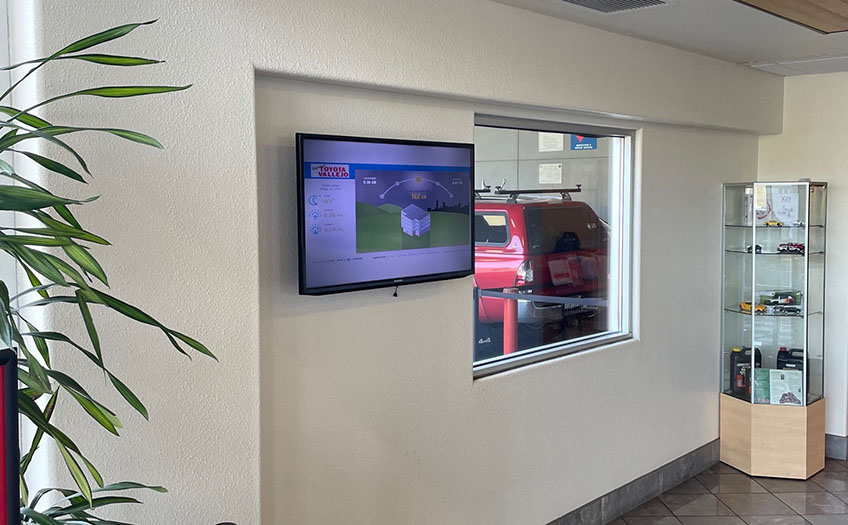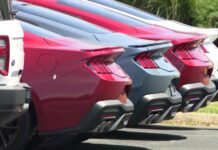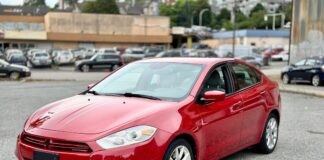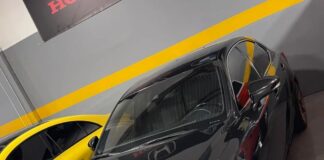It started with something as routine as the need to change the lightbulbs in its showroom.
Now, five years later, Toyota Vallejo’s decision to install an array of solar panels on the roof of its Northern California dealership has led to a 90% reduction on its electric bill. And it’s made a strong statement to its customers about the store’s commitment to becoming an environmentally sustainable business.
“The lightbulbs really were the catalyst for this,” says General Manager Dave Johnston. “When they burn out, we need to rent a scissor lift to replace them. That got us thinking, ‘What if we were to convert to LED bulbs? How much would they cost? How long would they last?’ That’s when the idea of solar power came up.”
The more Toyota Vallejo looked into it, the clearer the path forward. Yes to the LED bulbs. And yes to a 251-kW solar system powered by panels that cover about half of the facility’s 30,000-square-foot rooftop.
Total initial investment between the two was nearly $1 million. But that was offset initially by a 30% federal investment tax credit and longer term by a savings of roughly $100,000 on its electric bill each year. Crunch the numbers and that means Toyota Vallejo’s capital outlay has already paid for itself. Projected savings over 25 years, the life expectancy of this type of system, is $3.8 million.
Oh, and along the way, Toyota Vallejo has reduced its carbon footprint by the equivalent of burning 32,597 fewer gallons of gasoline every year.
“It was big chunk of money at the time,” Johnston says. “But when we penciled it out, we knew we’d see a return on our investment. We were on the leading edge of this technology. Now, it does seem more and more businesses are embracing it. It just makes so much sense.”

Must-See TV
The dealership installed a television monitor in its customer lounge that tracks the impact of the solar system in real time.
Though a boost to its public image wasn’t part of those calculations, Toyota Vallejo did install a small TV screen in its customer lounge that displays just how much electricity the solar array is producing on a monthly basis — among other metrics. That serves as a conversation starter with customers who might be pondering a similar conversion on their home fronts.
“We’ve never had someone buy a car from us because of the solar panels,” Johnston says. “But electrification, in all kinds of forms, is very much on people’s minds these days. So this definitely helps call attention to it.”







![[Presentation] Livestream of TMC’s Press Conference](https://www.miamicars.com/wp-content/uploads/2023/02/tmb_corporate-218x150.png)






